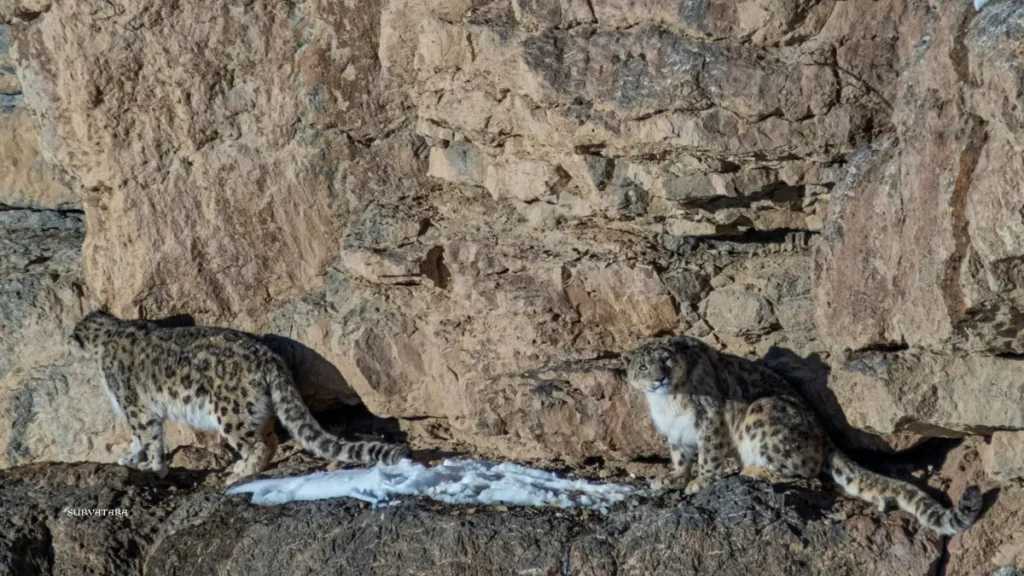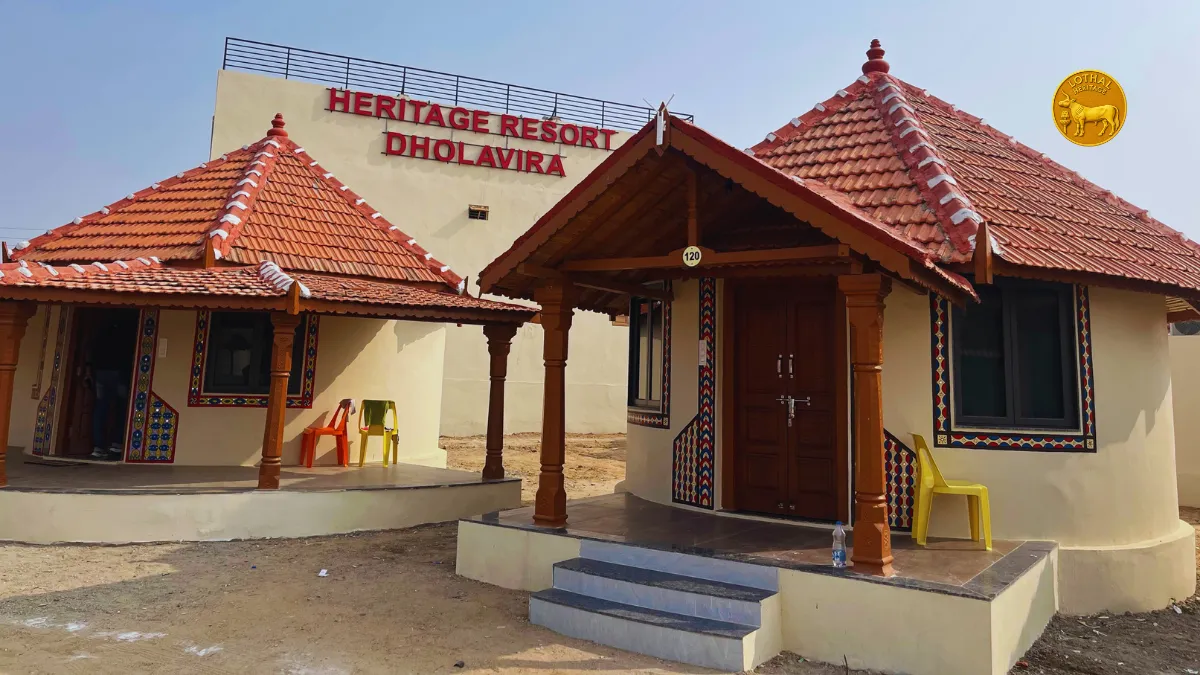Gya-Miru Wildlife Sanctuary is a hidden gem in Ladakh’s rugged terrain, offering a rare and raw experience of high-altitude wildlife in its natural habitat. Nestled between the famous Indus River Valley and the towering peaks of the Ladakh Range, this sanctuary remains one of India’s lesser-known yet ecologically significant wildlife reserves. For those looking to explore untouched wilderness and observe rare Himalayan species, Gya-Miru Wildlife Sanctuary is a destination worth discovering.
Exploring the Richness of Gya-Miru Wildlife Sanctuary

The beauty of Gya-Miru Wildlife Sanctuary lies in its dramatic landscapes and the resilient wildlife that calls it home. Stretching across arid mountains, deep valleys, and rocky slopes, the sanctuary provides an ideal habitat for several endangered and high-altitude species.
Despite its remoteness, Gya-Miru plays a crucial role in conserving some of Ladakh’s most iconic creatures, including the elusive snow leopard, Tibetan argali (Great Tibetan Sheep), and blue sheep (bharal). These species have evolved to survive in the thin air and extreme temperatures, making every sighting here feel like a rare privilege.
The sanctuary also supports traditional Ladakhi communities, such as the villagers of Gya and Miru, who practice sustainable pastoralism and live in harmony with the fragile ecosystem around them.
Key Details of Gya-Miru Wildlife Sanctuary
Below are some important facts about Gya-Miru Wildlife Sanctuary to help you get familiar with this special place:
| Feature | Details |
|---|---|
| Location | Between Gya and Miru villages, Ladakh, India |
| Altitude Range | 3,500 – 5,500 meters above sea level |
| Status | Notified Wildlife Sanctuary |
| Famous Wildlife | Snow Leopard, Tibetan Argali, Blue Sheep |
| Best Time to Visit | May to September |
| Nearest Town | Leh (approx. 70 km away) |
Wildlife Treasures of Gya-Miru Wildlife Sanctuary

One of the highlights of visiting Gya-Miru Wildlife Sanctuary is the chance to witness some of the world’s most spectacular high-altitude wildlife. The sanctuary is particularly famous for being home to the Tibetan argali, the largest wild sheep species, which graze in the alpine meadows and rocky plateaus.
The sanctuary also serves as a vital corridor for the snow leopard, an apex predator whose presence indicates a healthy mountain ecosystem. While spotting this elusive big cat requires patience and luck, the opportunity to even track its signs is thrilling for wildlife enthusiasts.
Other commonly sighted animals include the blue sheep, which nimbly climb steep cliffs, and the Tibetan wolf, another top predator in the region. Bird watchers will also find the sanctuary rewarding, as it hosts species like the golden eagle, Himalayan griffon vulture, and chukar partridge.
Why Gya-Miru Wildlife Sanctuary is Crucial for Conservation

The ecological importance of Gya-Miru Wildlife Sanctuary cannot be overstated. It acts as a crucial stronghold for species that are facing habitat loss and climate change impacts elsewhere in the Himalayas. By protecting this landscape, India is safeguarding the genetic diversity and ecological balance of the entire Trans-Himalayan region.
Moreover, the sanctuary plays an essential role in supporting the traditional lifestyle of local Ladakhi communities. These villagers have lived sustainably for generations, and their knowledge is now being integrated into wildlife conservation efforts. Responsible tourism and scientific research in the sanctuary are also helping to create new opportunities for community development.
Also read: Karakoram Wildlife Sanctuary: A Hidden Gem of Himalayan Biodiversity
How to Visit Gya-Miru Wildlife Sanctuary
Reaching Gya-Miru Wildlife Sanctuary is relatively straightforward compared to other remote Ladakh destinations. The sanctuary lies about 70 kilometers east of Leh, along the Leh-Manali Highway, making it accessible by road. The journey itself offers spectacular views of Ladakh’s barren beauty and snow-capped peaks.
The best time to visit is between May and September, when the weather is milder and wildlife is more active. Visitors can stay in Leh or nearby villages like Gya and Miru, where homestays offer a chance to experience local culture up close.
Travel Tips:
- Acclimatize properly in Leh before exploring higher altitudes.
- Hire local wildlife guides to increase your chances of animal sightings.
- Carry sufficient warm clothing and essentials, even during summer months.
- Follow sustainable tourism practices to help preserve the sanctuary.
Also read: Rupshu Wildlife Sanctuary: A Hidden Gem of Ladakh’s High-Altitude Wildlife
Conclusion
Gya-Miru Wildlife Sanctuary is more than just a protected area—it’s a living landscape where wildlife, people, and tradition coexist in harmony. With its rare wildlife, striking scenery, and cultural richness, the sanctuary offers visitors an authentic Ladakh experience that goes beyond the usual tourist trails.
For anyone passionate about wildlife conservation, eco-tourism, or simply looking to reconnect with nature in one of the world’s last wild frontiers, Gya-Miru Wildlife Sanctuary is a destination that promises true value and unforgettable memories. As awareness grows, this hidden haven will undoubtedly earn its rightful place among India’s top high-altitude wildlife sanctuaries.













